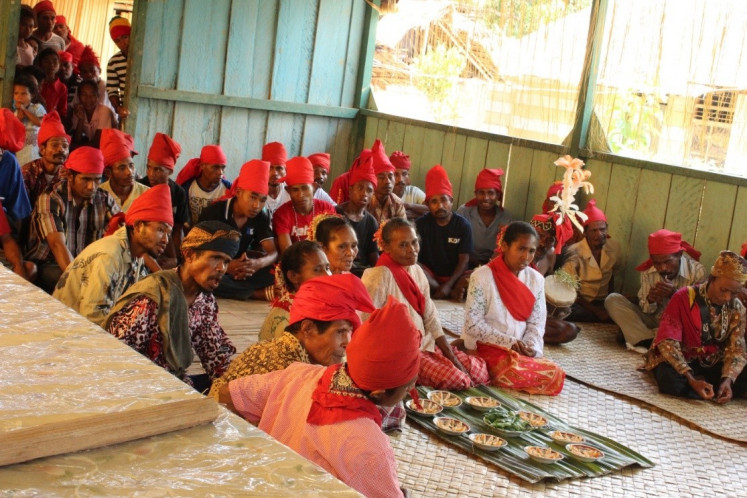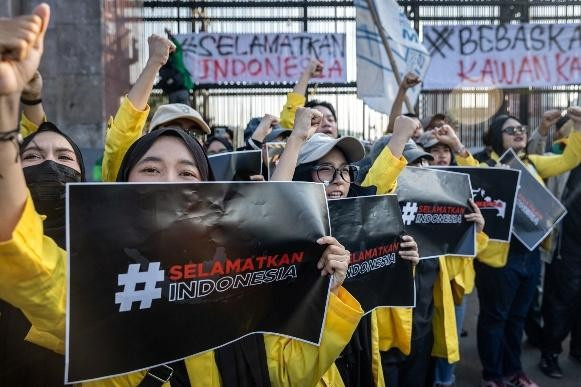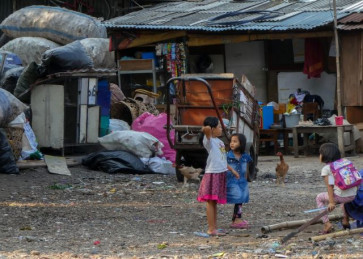Popular Reads
Top Results
Can't find what you're looking for?
View all search resultsPopular Reads
Top Results
Can't find what you're looking for?
View all search resultsSustainable development: Harmonizing economy and environment
The rapid technological advancements have not only resulted in fairly high global economic growth, but have also led to a triple ecological crisis of pollution, biodiversity loss and climate change.
Change text size
Gift Premium Articles
to Anyone
From an ecological and economic perspective, sustainable development at both the global level and in Indonesia is at a crossroads. With the ever-increasing population, we have to maximize the use of natural resources and environmental services to fulfill human needs.
In addition, the development of natural resources and environmental services is crucial to addressing unemployment, poverty and hunger. Currently, around 3 billion or 36 percent of the world’s population are poor, living on less than US$3.2 per day, and 1.5 billion (18 percent) are in extreme poverty, living on less than $1.5 per day (World Bank, 2024).
In Indonesia, with a poverty line set at Rp 580,000 ($36.23) per month (BPS, 2023), approximately 26.3 million people, 9.4 percent of the population, are poor (BPS, 2023). However, based on the World Bank standard, Indonesia's poor reaches 111 million, 38 percent of the population.
Unemployment, poverty and poor living conditions have brought about malnutrition and stunting that affect many children across the globe. In Indonesia, massive poverty has meant 183.7 million people (68 percent of the total population) are unable to afford a healthy and nutritious meal package priced at Rp 22,126 per day (Litbang Kompas, 2022).
It is therefore not surprising that the number of our children and teenagers suffering from malnutrition and stunting remains high at around 17.7 and 21.4 percent respectively (Health Ministry, 2023). One of the prerequisites to becoming a developed country is curbing malnutrition and stunting rates to below 10 and 7.5 percent respectively (WHO, 2020).
Poverty, malnutrition and stunting are also believed to be the root causes of the low quality of Indonesia's human resources. The average IQ score of Indonesians is only 78.49, ranking 130th of the 199 UN member countries, and the lowest in ASEAN (World Population, 2022).
Even more disheartening is that Indonesia’s literacy capacity is the second-lowest in the world, just one level above Botswana. The Program for International Student Assessment (PISA) index, which reflects the mathematics, science and literacy capacity of teenagers (15 years of age), places Indonesia 69th out of 81 countries surveyed (OECD, 2022).



















